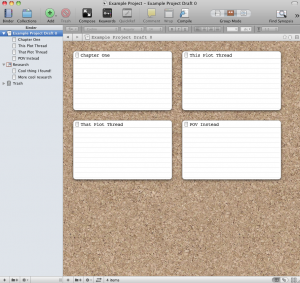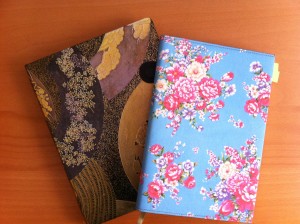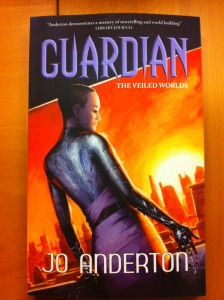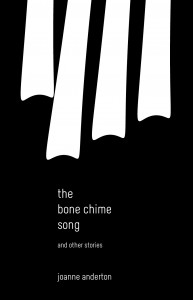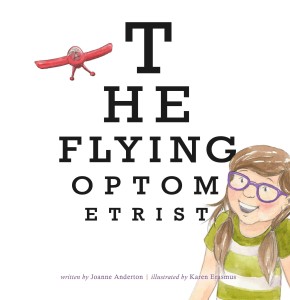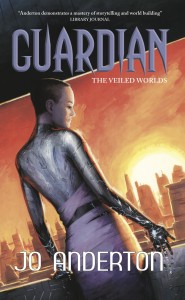Continued from part 1 – So where DO you get your ideas from?
and part 2 – Turning ideas into worlds
Turning Worlds into Stories
You know what’s annoying about thinking in worlds? Worlds are fun and all, but worlds aren’t story.
Don’t look at me like that, it’s taken me years to work that one out.
Worlds aren’t story, and story is everything.
All that hard work in the background
A bunch of people wandering around in a world, no matter how cool that world might be, isn’t even plot, let alone story. A bunch of people who do something just so the coolness of your interesting and well-developed world can be revealed, isn’t story either.
The fact is that all that hard work we’ve been talking about — the exciting ideas, the new friends, the deep and intricate links between spark and world — they will inevitably end up in the background. Because story is key.
I didn’t say just in the background. The world and the idea might not be the story, but they are bound to the story. They are an integral part of the story.
The world and the story don’t work independently of each other. They interact, and intersect. And the same goes for plot and character. What’s the point of dumping a bunch of characters onto a very particular world and having them act out a plot that could happen anywhere? Only these characters could live here! This story could only happen here!
So what is this story thing then?
As a developing writer I was usually in the “A bunch of people do something so the coolness of my interesting and well-developed world can be revealed” group. It’s still my default setting, but that’s what happens when you think in worlds.
I had to learn that wasn’t what stories are.
This is an explanation of what story is that speaks to me, and helps keep me grounded when I’m at this stage in my planning process:
“A story is how what happens affects someone who is trying to achieve what turns out to be a difficult goal, and how he or she changes as a result.
“What happens” is the plot
“Someone” is the protagonist
The “goal” is what’s known as the story question
And “how he or she changes” is what the story itself is actually about”
— Lisa Cron, Wired for Story (Ten Speed Press, p11)
(quiet aside, I’ve never been the type of person to read ‘how to write’ books. I always rolled my eyes at them, and thought things like “real writing isn’t learned, it comes from the soul” or some such wankery. That’s changed. The more I write and the more I learn about writing, the more I want to learn. Anyway, I’ve enjoyed this book and found it useful. Thanks to Cat Sparks for the recommendation)
My interpretation of story is
I’ve got this cool idea, but the story is why anyone else should give a damn.
Tools for developing story
Three guesses what I use? Notebooks!
For me, developing the key elements of the story happens almost the same way and almost at the same time as developing a world. Characters sprout in the middle of all those scribbles and drawings just like magic systems do. Same for the goal and the conflict that drive the plot forward.
The mcMansion being built in loud and irritating fashion two doors up led to self-aware high density housing running amok through suburban streets, consuming all the single story red-brick 1950s houses with a backyard and a garage. But that’s not the story. High Density is about the people who live in those single story red-brick 1950s houses struggling against a change they cannot stop. From a loathing of mcMansions sprung the kind of people who would fight against them. Usually older, usually poorer, but armed with the magic of the every day, fighting the spread with their bleach, dusters, and photos of the kids who have long fled the nest. The conflict between old and new, a mistrust of change, all coming from a resentment of being woken up so blood early on a Saturday morning.
I have begun to find Scrivener extremely useful at this stage, and that’s because of the 0 draft.
Remember what I said about worlds being my default setting? Well, the 0 draft gives me permission to write to that default setting, because along the way is where I will find my story.
Using the notebooks, the pens and the highlighters, I can wrangle my idea into a world. I can squeeze out a few characters and get to know them. But I still don’t know what my story is about.
I won’t find that out until I’m writing it.
That doesn’t mean I’m a pantser! I have a light outline to work from: always a beginning, and an end, and a few points in between. And anyway, this is a 0 draft, not a first draft! It’s still part of my notes. It’s rough and unwieldy. I may not finish it, not properly anyway, because when I realise what the whole damn thing is actually about, it all might change.
This is why Scrivener is so useful. I can divide up my zero draft into POVs or chapters or plot points and physically rearrange any or everything as I see fit. And I can see it all in a glance while I’m at it.
Of course you can do that in another word processor, or by hand, or with your cue cards of whatever you’ve chosen to use, I’ve just been finding Scrivener is good for that.
Oh, and by the way, I’m not advocating this method! There are folks who do all their planning in advance, who know what their story will be and produce a near-perfect first draft as a result. And the more power to them! This is just something that I have learned, through trial and error, works for me.
Which is the point — I’ve found a series of tools that allow me the creative freedom to develop on my initial *spark* of an idea until it becomes a fully-fledged story. And that’s what we all need to find.
The STORY is the point of everything, but everything starts from the IDEA
I’ve been saying throughout this that even though idea doesn’t equal story, they are connected. One does not exist without the other, and throughout the planning process, and into the resulting book or short story or graphic novel, they should be in constant contact.
Well — going around in a bit of a circle here — I think that’s because good ideas already had stories inside them. We just have to develop the tools and learn the techniques to find them, and let them out.
***
And that’s it! I hoped you enjoyed these blog posts, thanks for reading 🙂 Coffee and cake will now be served in the foyer (I wish!)


